“Being in Artsakh helped me understand why it is so important for Armenian people. By walking on that mountains with the old churches I could see how Armenians are connected to those places," says Gilad Sade, an Israeli documentary photographer who has been visiting Artsakh since 2015 to collect material on the life of Artsakh Armenians.
He is going to publish his unique photos, videos, and notes about both peaceful and war-torn Artsakh in a separate book, showing the world a "Portrait of Paradise Lost".
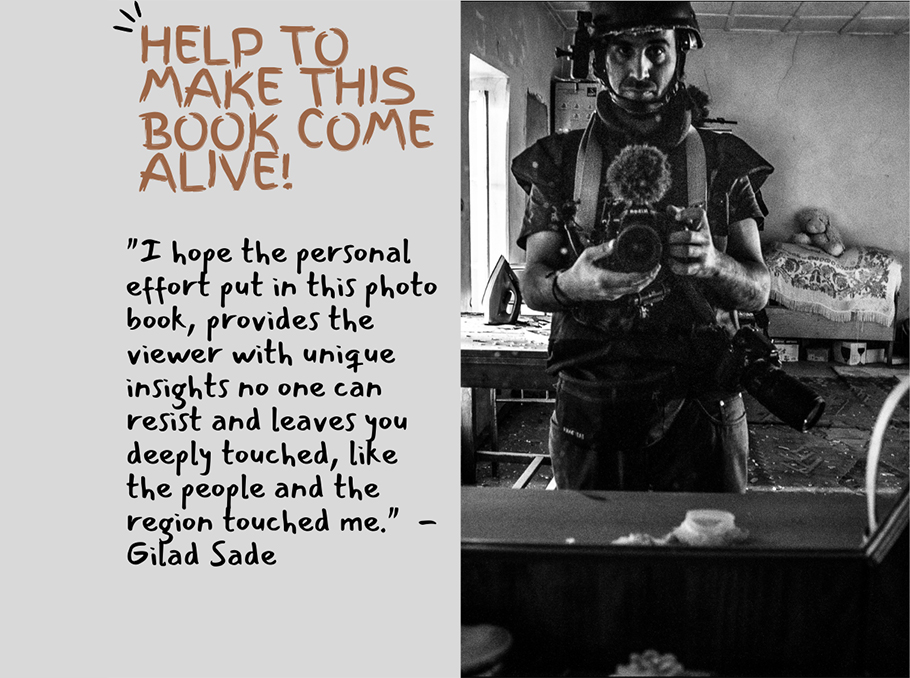
Mediamax spoke with Gilad Sade about the days spent in Artsakh and the upcoming book.
Free Artsakh’s welcome with mulberry vodka
“When I learned about Artsakh for the first time it made me so curious. I met one of my friends that had been traveling along the Silk Road. She told that while hitchhiking in Armenia she took a bus with passengers from Nagorno Karabakh. I was like, what? Where is this place? And then she told me that it is a conflict in Caucusus. I start researching on the internet about this place. What I found was a bad image so I wanted to see with my own eyes what it is about,” tells Gilad Sade.
In the summer of 2015, while Gilad was in Armenia, he met a girl from Hadrut. She accompanied Gilad to Artsakh, assuring him that her homeland was safe. For Gilad, this was a truly unique experience that ordinary tourists were deprived of.

Photo: Gilad Sade
On the way, Gilad admired the mountains and waited to meet the militants with Kalashnikov, who would check him. But things did not turn out as expected.
“I find a few guys on the border. They were so curious and surprised. They looked at me like I am an alien. The first thing they asked was if I want “Toti aragh” («թոթի արաղ», mulberry vodka, a popular drink in Artsakh,- author)… I left that cabin totally drunk. That was my first welcoming,” remembers the Israeli photographer with a smile.
"They would give you everything they do not even have"
After staying in Artsakh for some time, Gilad had to return, but he felt that one visit was not enough to get to know Artsakh. In October of the same year, he was in Artsakh again. For the next 5 years, the Israeli photographer regularly came to Artsakh, trying to stay there as long as possible and to walk in hidden corners where even the locals might not have been.

Photo: Gilad Sade
There were many rare and interesting episodes for the photographer in Artsakh. When he went to the villages, the locals always hosted him and provided him with accommodation. He admired that when he was walking on the road, he was always invited home and asked to eat with them.

Photo: Gilad Sade
"One of the things I admired was that people live their life only from the garden, or maybe they asked for something from the neighbor. For example, someone wants to cook a meal, takes a chicken to a neighbor, brings a pumpkin instead, gathers what he needs from the garden, and prepares breakfast or lunch. It is amazing to see how this culture is still in a way untouched in our lives," says Gilad, recalling some unforgettable episodes: the mulberry harvest, the “popoqi muraba” («պոպոքի մուրաբա», a nut jam,- author), the carpet weaving with song and music, the “khorovats” («խորոված», Armenian barbecue) on the riverbank, and the “bostan”- the vegetable garden which he loved so much.

Photo: Gilad Sade
“It is so different, you know, because people would give you everything they do not even have. You just knock on their door and they always welcome you opening their hearts.”
These children only know freedom
One of the most beloved villages of Gilad is Khandzadzor, which came under the control of Azerbaijan after the war. There he often took pictures, especially of children.
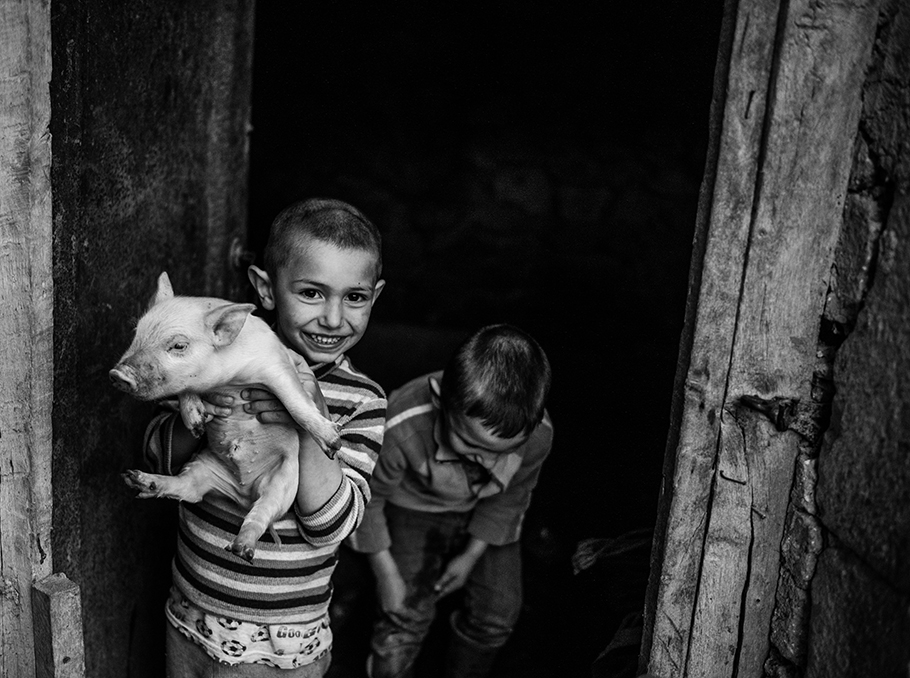 Kids of Khandzadzor
Kids of KhandzadzorPhoto: Gilad Sade
"These kids were so happy. They did not have a smartphone, they did not have anything, they will go out and climb into the trees. Sometimes they will jump from nowhere, you walk in the village and all of a sudden from some bush two kids will jump in front of you. They have what we have lost in recent years because of computers and smartphones. These children are different from the children of Tel Aviv, and even now, when I am documenting episodes related to Ukrainian refugees in Poland, I see small kids with phones in their hands. And it was really nice for me to watch how these kids were playing in Artsakh. One of my friends from Artsakh once said that they were born in the Soviet Union and do not know what freedom is, while these kids, born in free mountains, only know freedom. And I totally understand that when I looked at how they were playing”.
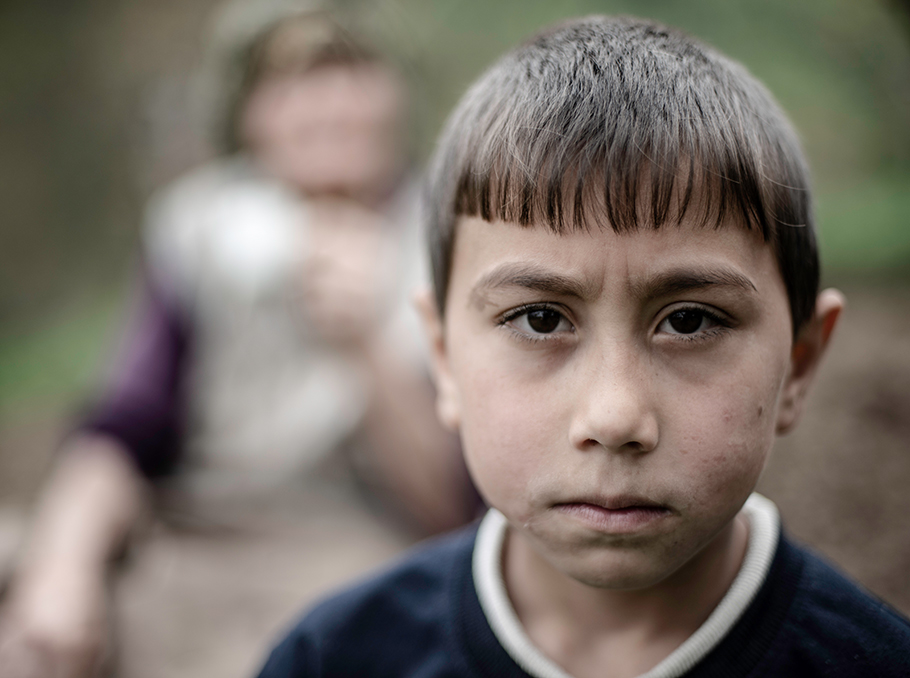
Photo: Gilad Sade
Gilad is still in touch with the families who became close to him during the years in Artsakh. However, remote communication is not easy, especially when there are language barriers. The previous feelings were completely different.

Photo: Gilad Sade
"It was impossible to find English-speaking people in the villages, but it helped me that I knew a little Armenian and a little Russian. Our communication was a mixture of three languages, we also were drawing on notebooks or using translation applications. Understanding each other well also depends on how many “kenats” you had («կենաց», giving toasts,- author). As long as you make more “kenats”, the conversation is becoming clearer, and then in the morning you do not remember anything,” jokes Gilad, who is already well acquainted with the culture of Armenian toasts.
“There was light again, there was life here”
The Israeli photographer was in Europe when he learned that Artsakh was being bombed. At the same moment, he started packing to leave immediately, ordering tickets on the way. With the help of friends and acquaintances, the procession was quickly organized and he reached Stepanakert.
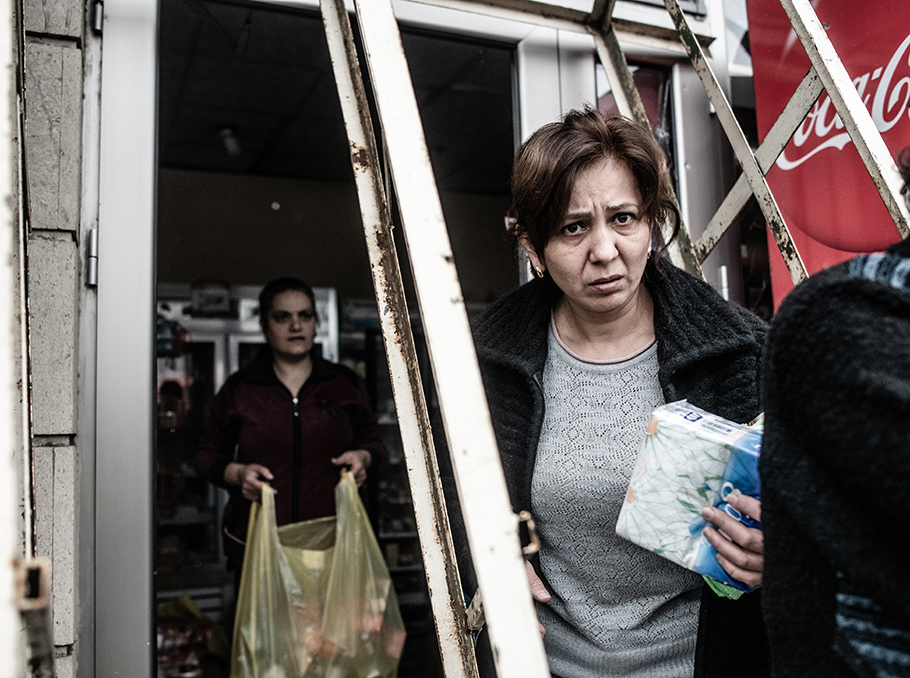
Photo: Gilad Sade
"Stepanakert seemed to be different. I was treated differently from people, the people in charge of organizing the work of journalists sometimes limited my work - it was probably because I was an Israeli citizen. I came there to tell the story and my citizenship would not change my attitude," Gilad said.
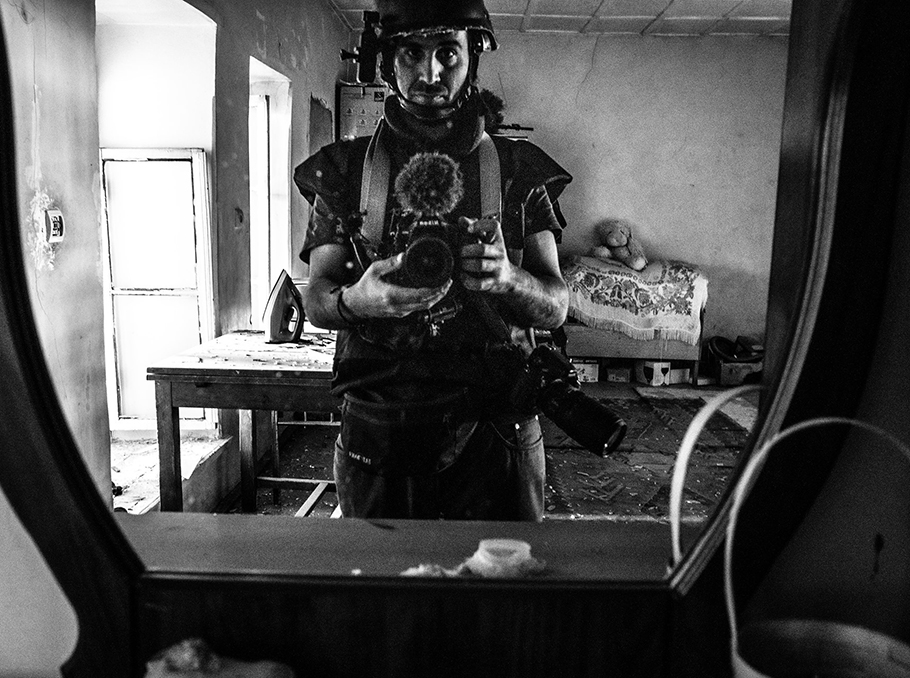 Gilad Sade during the 2020 war
Gilad Sade during the 2020 warPhoto: Gilad Sade
He was in the hottest spots during the war. He saw Armenians retreating from Hadrut and photographed for the last time the house of the family he had been following since 2015. Gilad saw how the Azerbaijani army closed the Berdzor road and after was on the way to Shushi, when the Armenian tanks were already firing in the direction of Shushi. While witnessing the reality on the spot, he was saddened by the official news that was about something completely different.
 The last picture taken in Tumi village
The last picture taken in Tumi village Photo: Gilad Sade
"I remember that when I was in Stepanakert days after the war, where the electricity had been cut off all the previous time, suddenly the streets were lit up. It was light again, there was life here. It was an indescribable moment both happy and sad at the same time. It was sad because a very high price was paid for it, but also happy because there might not left anything at all,” says he.
"War could always come"
Gilad says, that it was obvious to him that there would be a war, but people did not believe it. But even he did not expect it to happen so fast and the book would not be finished yet.
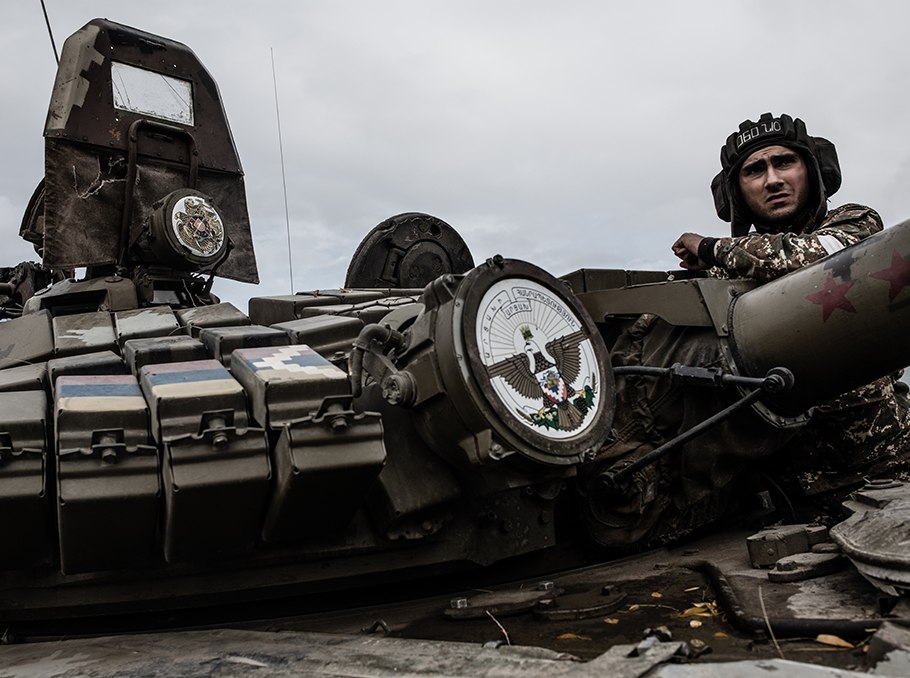
Photo: Gilad Sade
"I grew up in a conflict, I know what it looks like. I do not believe that there is a status quo in war. If the conflict is not resolved, but you think you could remain in the status quo, you will face a harsh reality. The situation reminded me of the Yom Kippur War in 1973. At that time, no one believed that the Arabs would attack, but we had a very bad war that took many lives. Since then, we have kept in mind that war could always come, and it will always be a surprise. When I talked to the people of Artsakh, they could always find explanations that this was not the case. It was very difficult for me to talk to them about it. At the same time, I understood that no one wanted to believe that one day they could lose everything," he recalls.
Artsakh Armenians in the shadow of hostile propaganda
After years of collecting documentary material, Gilad decided to turn it into a book. The idea was to show the life of Artsakh, contrasting it with the dehumanization of Artsakh’s people on the internet image, which was created as a result of Azerbaijan's anti-Armenian policy.

Photo: Gilad Sade
According to the Israeli photographer, although every conflict has two sides, in the case of Artsakh, the international media coverage is very one-sided. Nobody knows about the people of Artsakh, that is why no one cares.
"I cannot understand how even Armenians do not speak out about it, they do nothing with their diplomacy to show the other side. So for me, it was witnessing something very rare: the place that is isolated. And now it is even more isolated. When there is not enough information, articles, people do not want to dive into the real life of people.
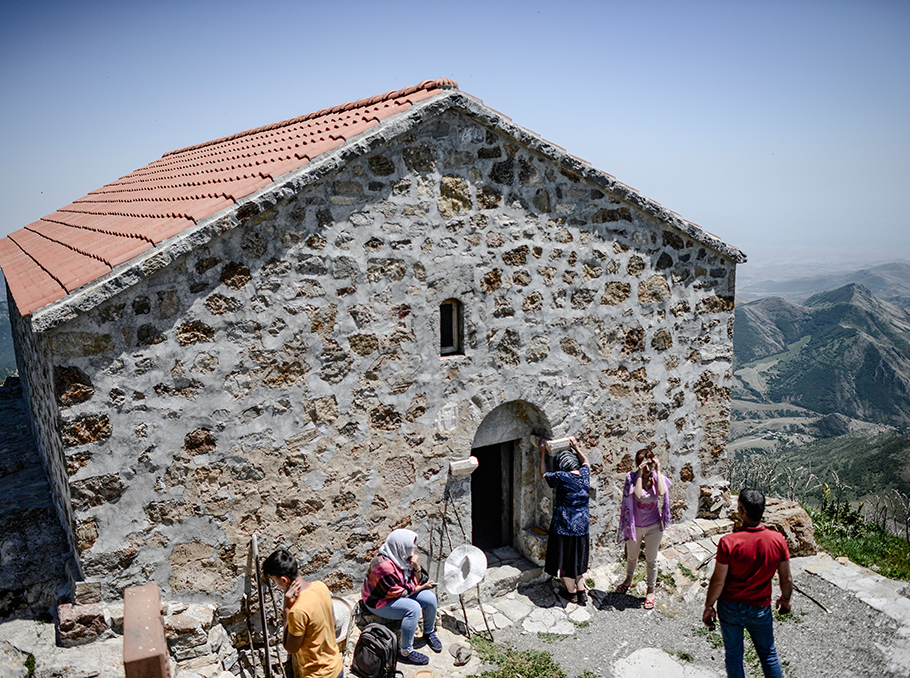
Photo: Gilad Sade
They will not go to the top of the mountain to see Matagh (մատաղ, sacrificing ceremony in Armenian tradition,- author) and will not go around the church 7 times. That was what my interest was, to really understand life in Artsakh, to know what people experience and how they have their day-to-day lives. That's why I focused on this topic, having in my heart the fear that the paradise I saw might one day be lost.”

Photo: Gilad Sade
Listen to Artsakh, feel Artsakh
The fundraising campaign for the book "Portrait of a Lost Paradise" started in early March. The author hopes that people will be able to receive their copies this year before September 27th, before the anniversary of the 44 days war.
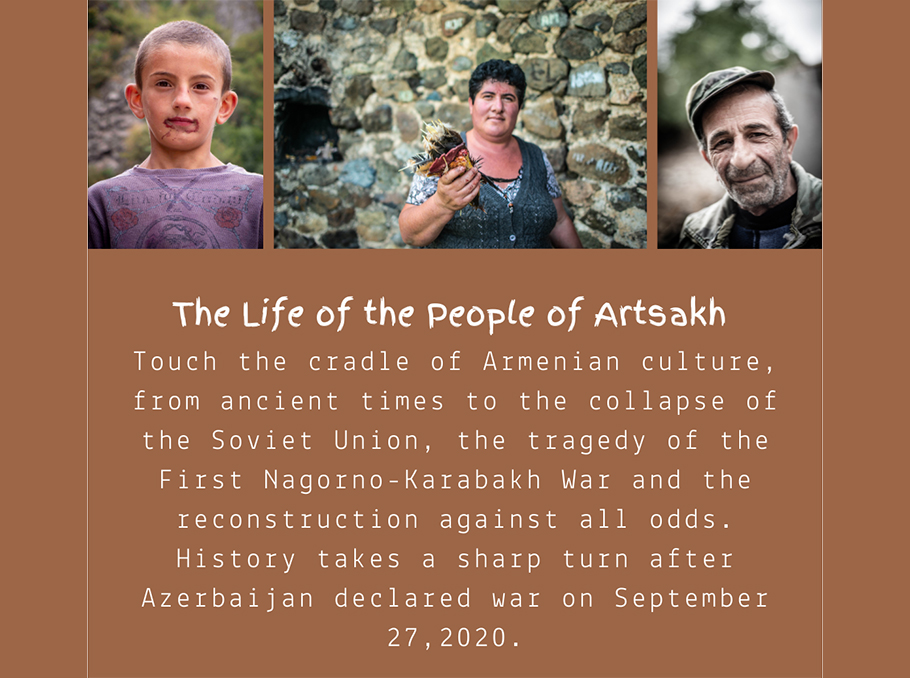
"Many people think that Artsakh is just a place that Armenians have stolen and have never been there before. They do not know that Armenians have been there for ages, so long that it is not even relevant to mention the date. Attributing Armenian churches to Caucasian Albanians to try to vanish Armenians from the area is ridiculous. People do not know about this, that is why the bombing of Artsakh is legitimized. I believe that every conflict has a solution, but it cannot be ethnic cleansing. It is important to me that people see the existence of Armenians in these places," says the Israeli photographer.
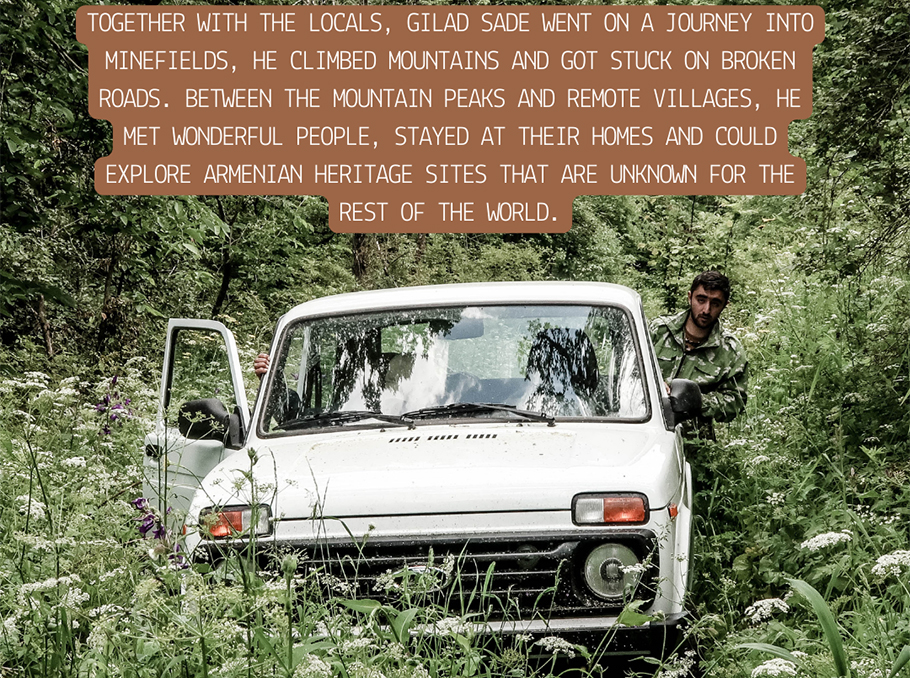
With this book, Gilad also wants to show what conflict is: You live your ordinary life, which is the way you want it to be, but one day everything could change. According to the photographer, there are bigger forces that provoke wars, and ordinary people are just victims of it. He hopes that such documentaries can push to living in peace.

Photo: Gilad Sade
The book includes photos of Artsakh and the Artsakh Armenians, the author's notes, which help to form an idea of what life is like in Artsakh. It was very important for Gilad that people not only be able to see Artsakh through the book, but also to hear, feel and get as close to it as possible. To bring this to life, he has included podcasts that anyone with a book can download via a special QR code.
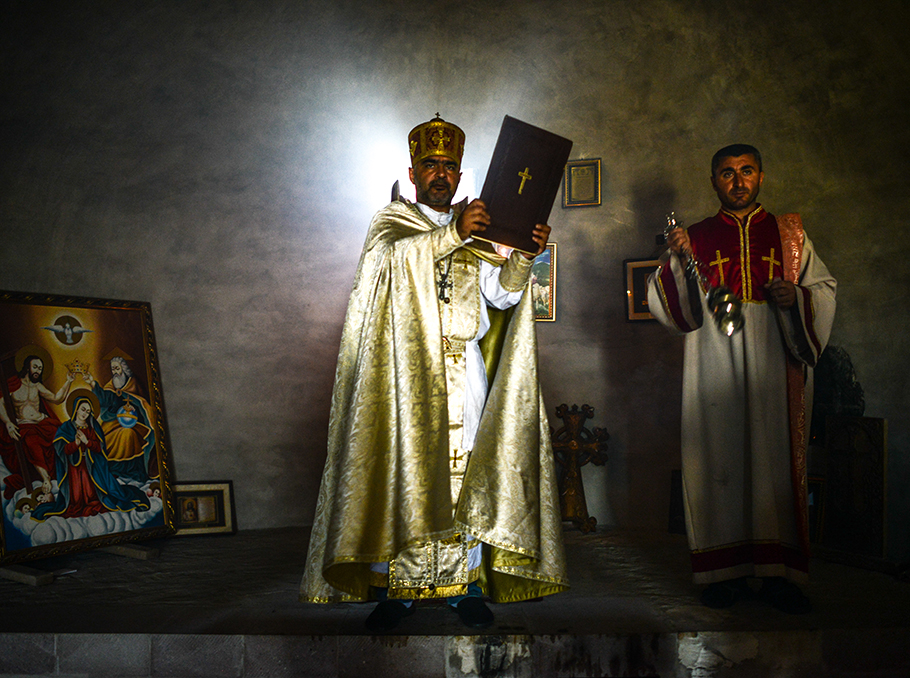
Photo: Gilad Sade
"The reader cannot only see the person, the village, the mountains, read about them, but also hear the voice of the people of Artsakh, listen to how a person tells about the mountain in poetic Armenian, hear what the atmosphere is like in the house. Many of these houses do not exist anymore, people may never have this again. Even if we assume that the Azerbaijani soldiers did not demolish the houses, if we assume that they did not enter and destroy what was inside, it does not matter, the real picture of those houses is no more. I want to tell about the people who are the soul of those areas. That's why I called the book "Portrait of a Lost Paradise". I think it will be able to bring the reader closer to the life that existed in Artsakh before the war."
You can support the publication of the book by making a donation at the following link.
Gayane Yenokyan
















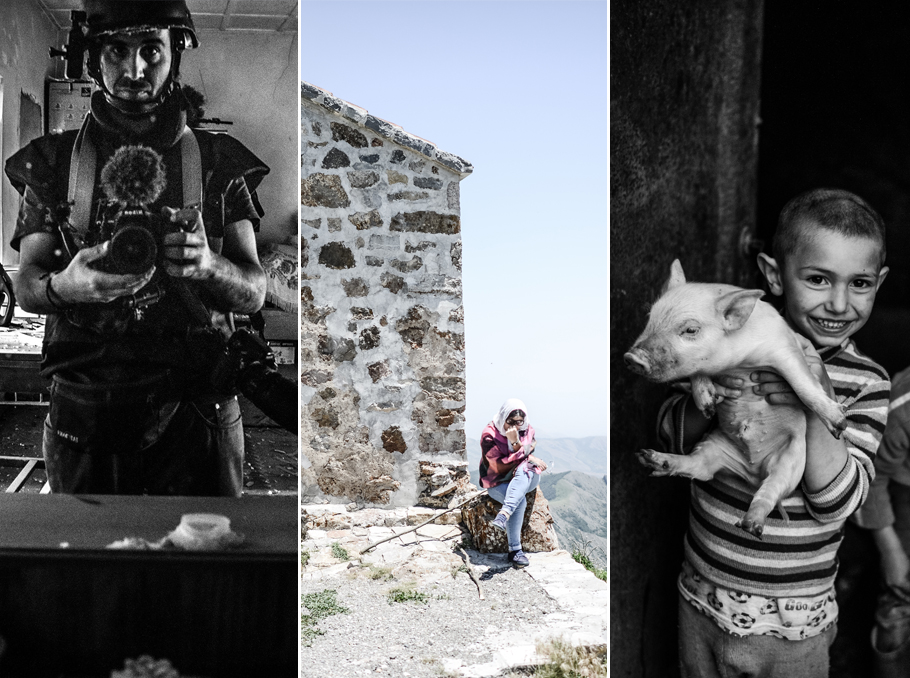
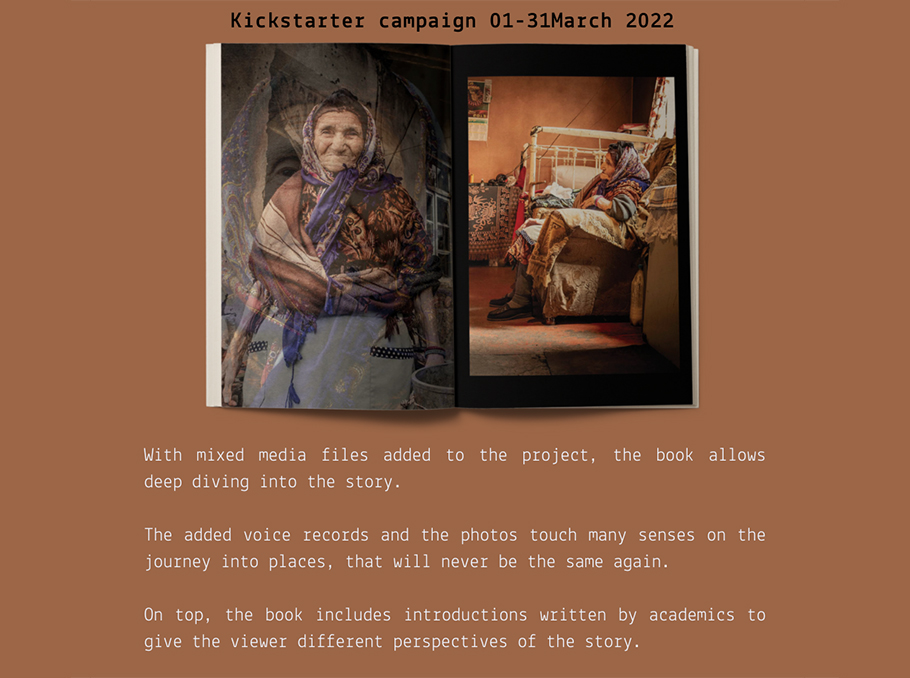
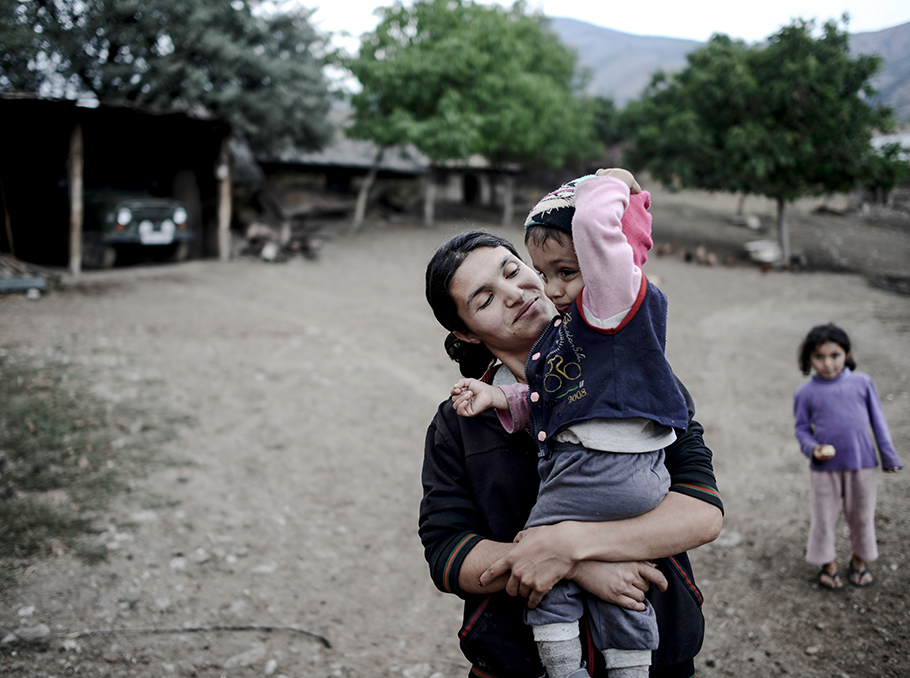
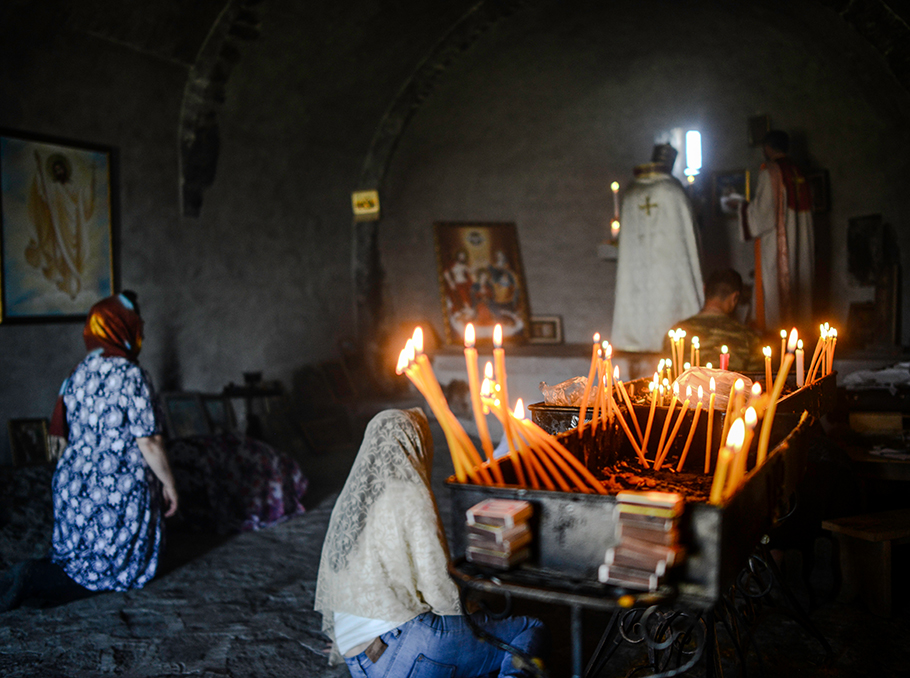

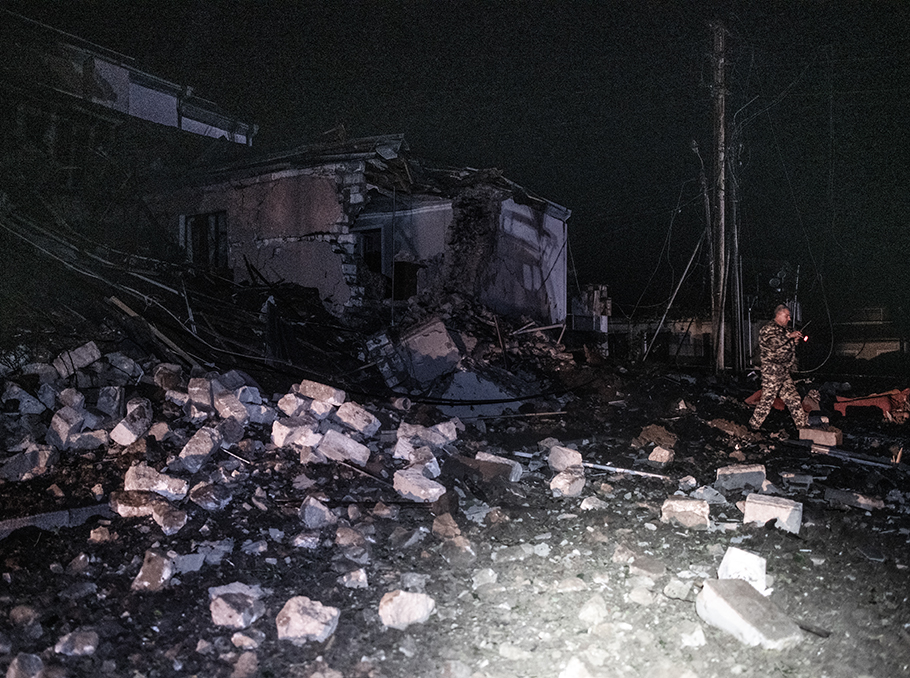

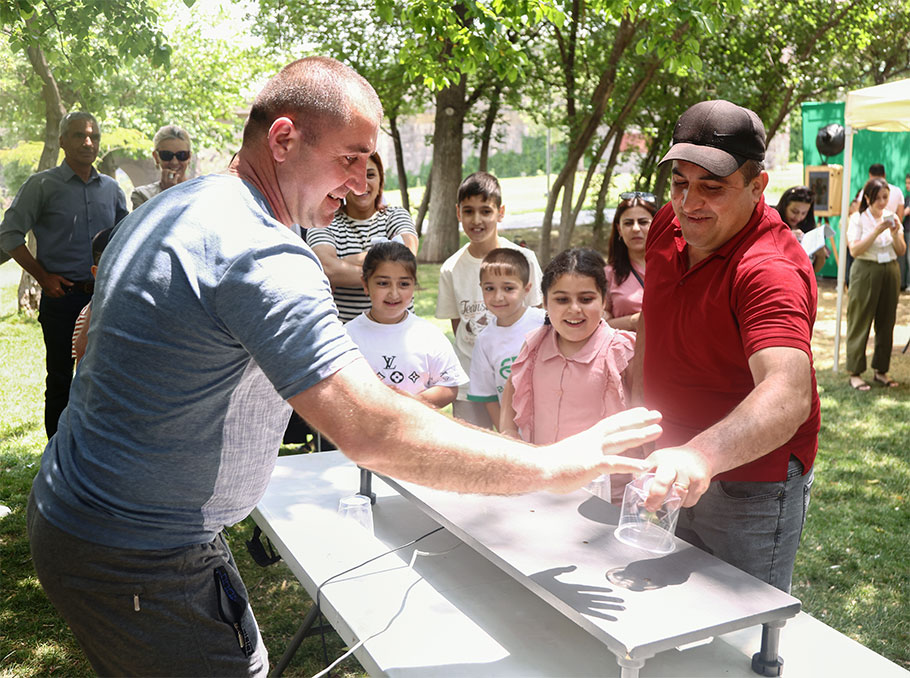
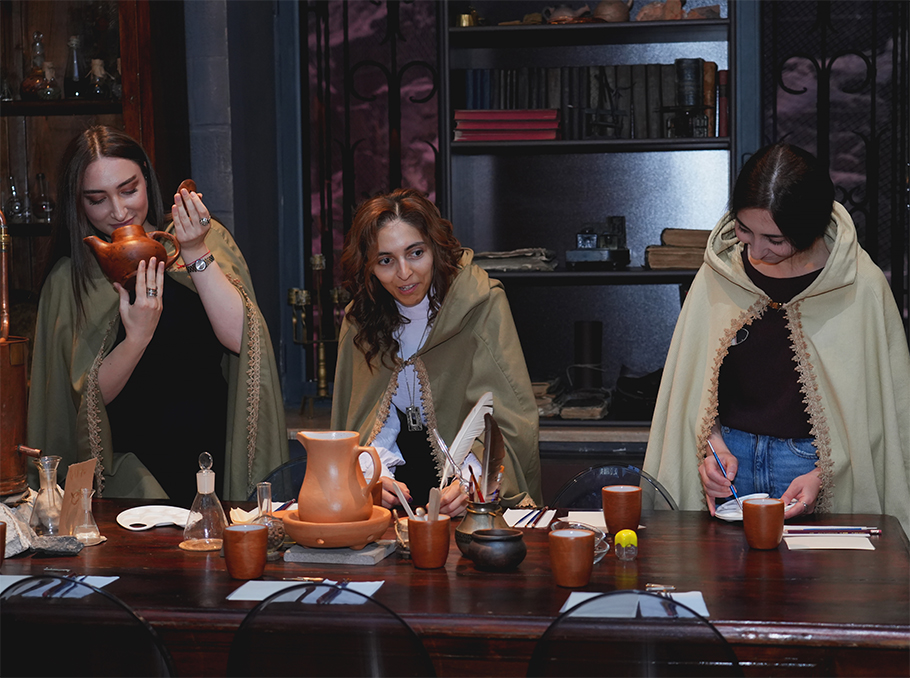

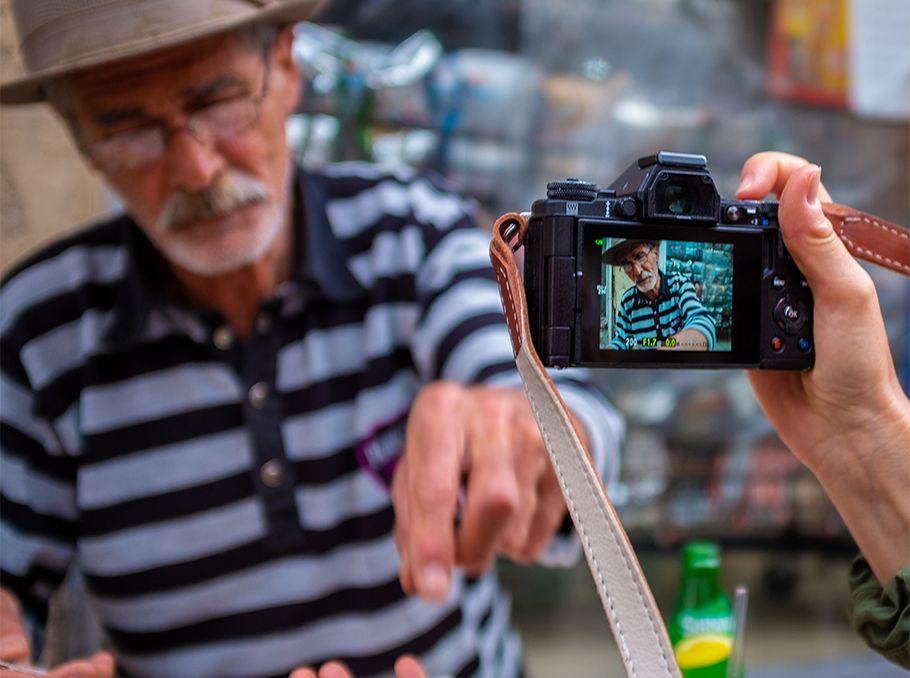
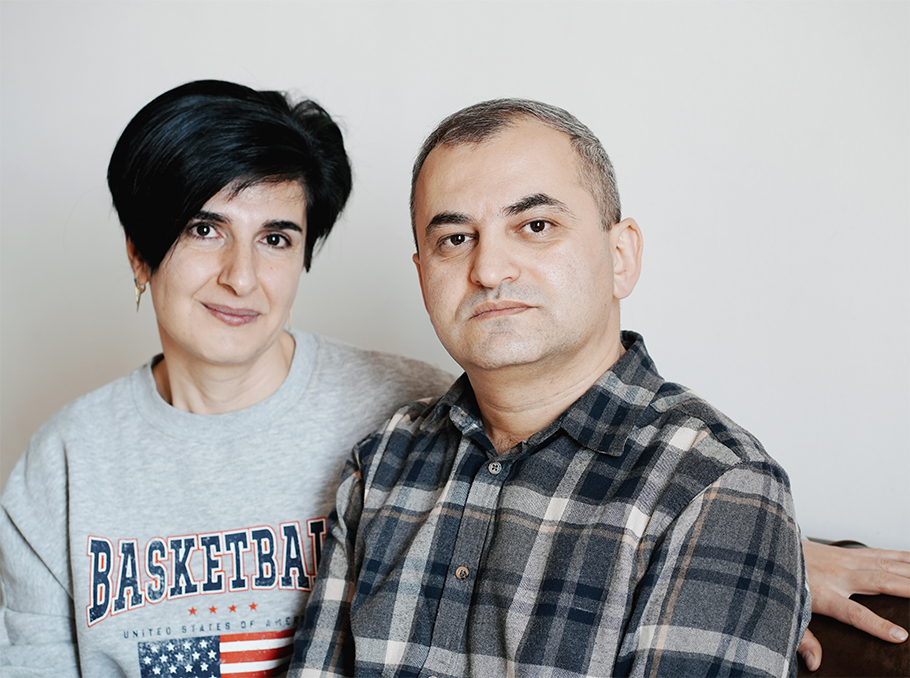






Comments
Dear visitors, You can place your opinion on the material using your Facebook account. Please, be polite and follow our simple rules: you are not allowed to make off - topic comments, place advertisements, use abusive and filthy language. The editorial staff reserves the right to moderate and delete comments in case of breach of the rules.